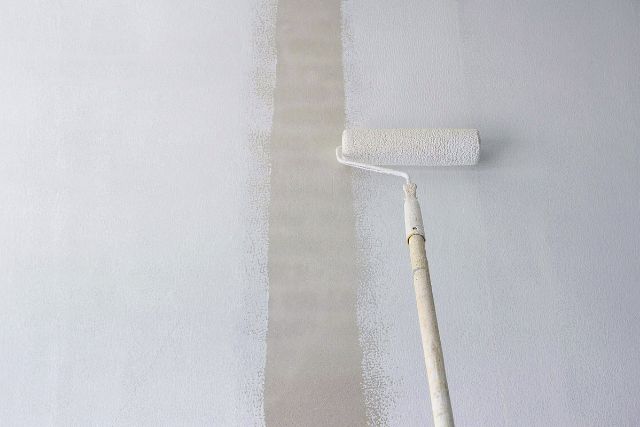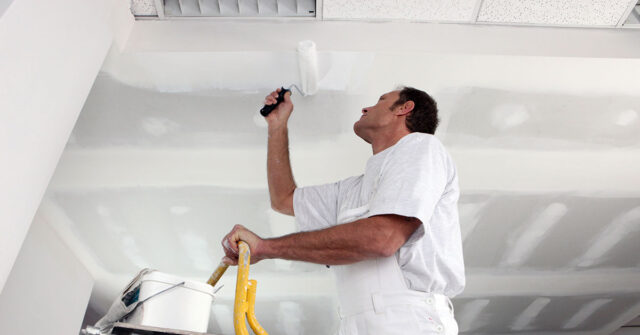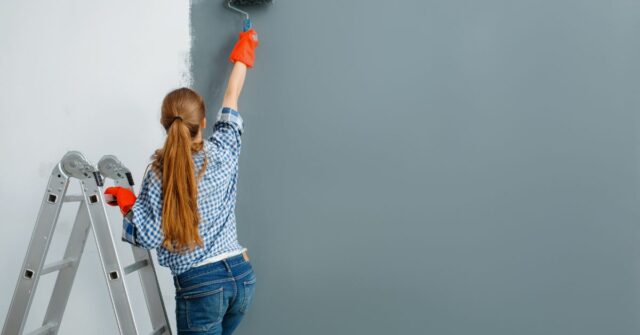Welcome to our comprehensive guide on whether you need to use a primer before painting, especially tailored for the Australian climate and audience.
Whether you’re a DIY enthusiast or a professional painter, this article will provide you with in-depth knowledge and practical advice on the use of primer in painting projects.
Introduction to Painting in Australia
Australia’s unique climate and lifestyle influence painting practices significantly. Understanding these factors is crucial for any painting project, whether it’s a home renovation or a large-scale commercial job.

The Australian Climate and Its Impact on Painting
The diverse Australian climate, ranging from tropical in the north to temperate in the south, affects the choice of painting materials.
High humidity, intense sun, and coastal salt air can all impact paint adhesion and longevity. Choosing the right primer becomes even more essential in these conditions.
Popular Painting Trends in Australia
In recent years, Australian homeowners have embraced bold colours and eco-friendly paints.
These trends not only reflect aesthetic preferences but also an awareness of environmental impacts and the importance of using high-quality materials, including primers, for lasting results.
Understanding Primer and Its Purpose
Primer is more than just an undercoat; it’s a crucial foundation for any painting project. Let’s delve into what primer is and why it’s so important.
What Is Primer?
Primer is a preparatory coating applied before painting. It ensures better adhesion of paint to the surface, increases paint durability, and provides additional protection for the material being painted.
Key Ingredients in Primers
Primers typically contain resins, solvents, and other additives that help improve adhesion, seal pores, and create a uniform surface for painting.
The specific composition varies based on the type of primer and its intended use.
Different Types of Primers
There are several types of primers available, including oil-based, latex-based, and shellac-based.
Each type is suited for different surfaces and painting conditions, which is vital to consider for Australian homes.
The Role of Primer in Painting
Primer plays a multifaceted role in the painting process. Let’s explore why it’s often considered an essential step.

Primer as a Base Coat: Why It Matters
As a base coat, primer ensures a smooth and even surface, enhancing the appearance and longevity of the topcoat. It’s particularly important for surfaces that are porous, stained or have varying textures.
Benefits of Using Primer
Using a primer can vastly improve the outcome of your painting project. It helps in adhesion, durability, and achieving a uniform finish.
Adhesion Enhancement
Primers are designed to adhere to various surfaces, creating a sticky base for the paint. This is particularly important for slick surfaces or where previous layers of paint may interfere with adhesion.
Improved Durability
A primer-sealed surface is more resistant to wear, tear, and the elements, which is vital in the Australian climate. This means your paint job will not only look better but last longer.
Uniformity of Paint
Primers help in achieving a consistent colour and texture across the painted surface, which is essential for aesthetic appeal and professional results.
When Is Primer Necessary?
While primer is beneficial, it’s not always necessary. Let’s explore when it’s essential to use a primer.

Surfaces That Require Primer
New drywall, wood, metal, and previously unpainted surfaces generally require a primer. It’s also recommended when painting over dark colours or when drastic colour changes are intended.
Assessing the Condition of the Surface
The condition of the surface to be painted plays a crucial role in deciding whether to use a primer. Surfaces with stains, moisture damage, or extensive wear often need a primer for the best results.
Primer and Colour Changes
When changing from a dark to a light colour, or vice versa, primer is key to ensuring the true colour of the topcoat is achieved without multiple coats of paint.





